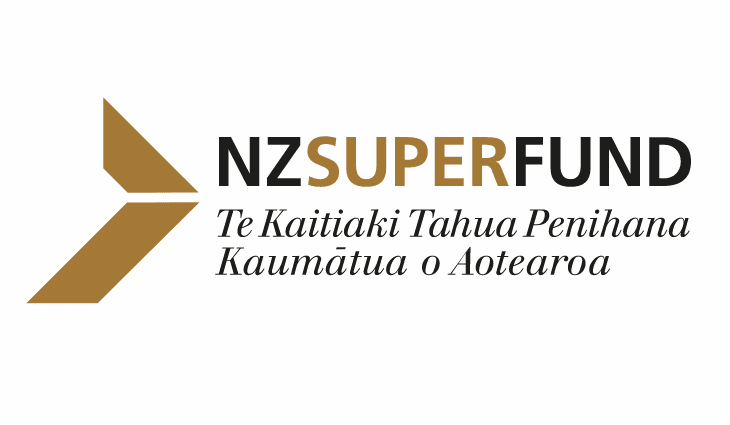Range of potential outcomes for ILS portfolio “wide” after Ian: NZ Super

The New Zealand Superannuation Fund (NZ Super Fund), one of the government pension providers in that country, has told a publication that it has initially marked down its catastrophe bond fund investments 9% after hurricane Ian, but cautioned that the range of potential outcomes for its broader ILS portfolio remains “wide”.
The New Zealand Superannuation Fund (NZ Super Fund) has been investing across insurance and reinsurance linked assets for a number of years, with allocations to life settlements, an insurance run-off strategy, catastrophe bonds and some collateralised reinsurance.
The cat bond and collateralised reinsurance investments are in two mandates with specialist insurance-linked securities (ILS) fund managers Elementum Advisors and Leadenhall Capital Partners.
The New Zealand Superannuation Fund began allocating to ILS back in 2010, when it launched its first allocation to Elementum. The fund then allocated to Leadenhall for the first time in 2013.
It’s understood a good deal of the ILS allocation is to catastrophe bonds and in an article published by Investment News this week, the NZ Super disclosed that its cat bond exposure was marked down 9% after hurricane Ian.
Which is a reasonable initial mark-down, given the Swiss Re cat bond index fell 10% and now we know the range of outcomes for pure cat bond funds seems to be a roughly -3% to -9% performance hit.
“There’s still a lot of uncertainty in terms of ultimate losses,” an NZ Super spokesperson told the publication.
“The more liquid part of our exposure (that is, the catastrophe bonds) is currently down about 9 per cent year-to-date.
“We think that is a reasonably conservative estimate of the kind of loss we might be looking at, but the range of potential outcomes for our overall portfolio remains wide.”
With some collateralised reinsurance investments included, as we understand it, there is likely to be some uncertainty over how they perform at this early stage after Ian.
But the cat bond portfolio component may recover some of that lost value, as the true exposure of the market to hurricane Ian becomes better understood over the coming weeks.
“We need to wait for insurance claims to start coming in from the affected parties, so the situation will continue to develop over time,” the NZ Super spokesperson explained. “There may be further mark-to-market fluctuations in the meantime which would adjust our estimates of the loss.”
Other large institutional investors, such as pension funds, will also be receiving information from their ILS managers to help them in accounting for the mark-to-market impacts of hurricane Ian.
While it will take time for the final losses to be understood, this is no different to other private asset classes which can take far longer.
In fact, with ILS instruments like cat bonds regularly marked and fund managers generally expecting to know which contracts are loss affected within weeks or months, rather than years, ILS loss development can actually be much faster than the length of time it can take to recognise actual loss amounts within other private or alternative asset classes.
View details of many major pension funds and sovereign wealth investors in insurance-linked securities (ILS) here.
Read all of our coverage of hurricane Ian, and our analysis on the potential market losses, here.






